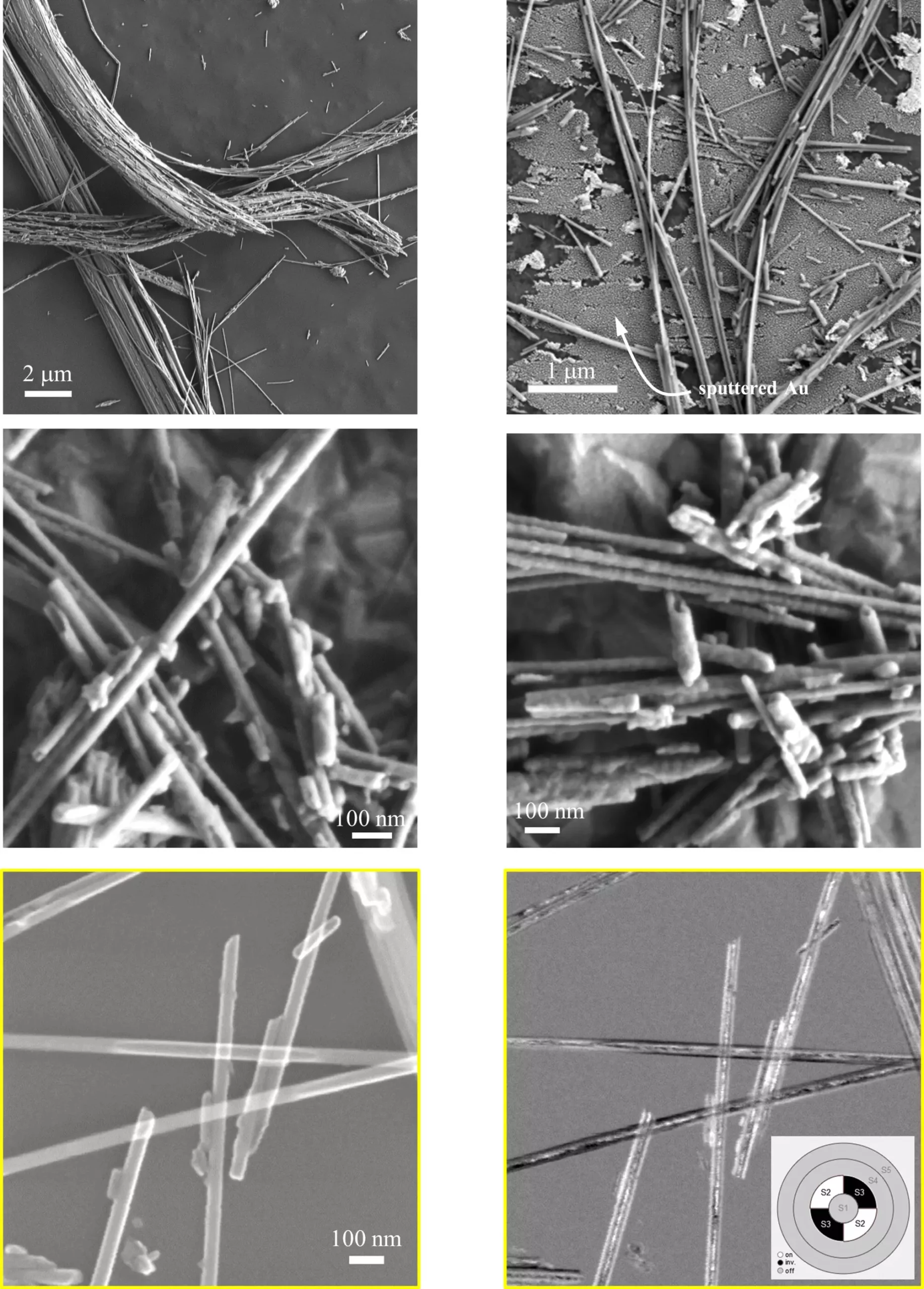Over the years, the use of transmission electron microscopy (TEM) has been the standard practice for testing asbestos in samples taken from construction sites. However, this method can be costly and time-consuming, requiring specialized labs and trained staff. On the other hand, phase contrast microscopy, while easier and cheaper, may lack precision. Recently, researchers at the National Institute of Standards and Technology (NIST) have found that scanning electron microscopy (SEM) could be a viable alternative to TEM for asbestos identification and classification.
SEM is being touted as a cost-effective and convenient option for asbestos testing compared to TEM. Not only is SEM more affordable in many cases, but it also offers greater convenience as it can be done in the field with tabletop SEMs. This could potentially accelerate the process of asbestos remediation in the United States, where the annual cost of asbestos removal is estimated at $3 billion.
Both TEM and SEM are forms of electron microscopy that use electron beams to examine microscopic materials. While TEM allows electrons to pass through the sample for more detailed imaging and probing of the interior, SEM reflects electrons off the surface. TEM generally provides better spatial resolution compared to SEM, but advancements in SEM technology have closed the gap in recent years.
Manufacturers have enhanced the imaging capabilities of SEM, making it a more attractive option for asbestos testing. SEM equipment is becoming more user-friendly, with training programs that can be completed in a matter of months, unlike the years of expertise needed for TEM operation. Although SEM may lack some of the capabilities of TEM, researchers like Jason Holm and Elisabeth Mansfield believe that SEM is sufficient for asbestos abatement purposes.
To validate the effectiveness of SEM for asbestos testing, Holm and Mansfield used NIST Standard Reference Material (SRM) 1866, a sample of asbestos fibers with well-documented properties. Their analysis using SEM yielded results that closely matched the data provided with the SRM, confirming the method’s accuracy in asbestos identification.
SEM is emerging as a promising alternative to TEM for asbestos testing, offering cost savings, convenience, and comparable accuracy. With advancements in SEM technology and the endorsement of researchers at NIST, the use of SEM could revolutionize the field of asbestos remediation, making it more efficient and accessible.


Leave a Reply